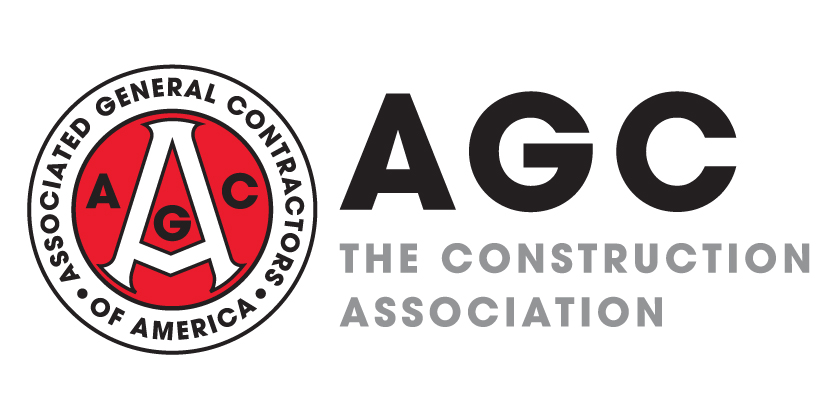
Nonfarm payroll employment in August increased by 130,000, seasonally adjusted, from July and by 2,074,000 (1.4%) year-over-year (y/y) from August 2018, the Bureau of Labor Statistics (BLS) reported today. The unemployment rate was 3.7% for the third consecutive month. Construction employment rose by 14,000 for the month and 177,000 (2.4%) y/y to 7,514,000, the highest mark since November 2007. Although construction employment grew substantially faster y/y than overall employment, the industry's growth rate was the slowest in six years and less than half of the 5.0% rate a year earlier. Average hourly earnings in construction rose 2.7% y/y to $30.84, 9.7% above the average for all private-sector employees ($28.11, a 3.2% y/y increase). The unemployment rate in construction, not seasonally adjusted, increased from 3.4% in August 2018 to 3.6%, which was nevertheless the second-lowest August rate since the series began in 2000. The number of unemployed jobseekers with construction experience rose to 361,000 from 328,000 in August 2018. (Not-seasonally-adjusted data varies with normal weather and holiday patterns and thus should not be compared to levels in other months.)
Construction spending totaled $1.289 trillion at a seasonally adjusted annual rate in July, 0.1% above the revised June rate and down 2.7% from July 2018, the Census Bureau reported on Tuesday. The year-to-date total for January-July combined was 2.1% lower than in the same months of 2018. Public construction increased 0.4% for the month and 5.6% year-to-date. Of the three largest public segments, highway and street construction soared 12% year-to-date; educational construction was unchanged; and transportation construction climbed 9.8%. Private residential spending increased 0.6% in July but declined 8.5% year-to-date. New multifamily construction rose 6.6% year-to-date; new single-family construction fell 8.7%; and residential improvements tumbled 13%. Private nonresidential spending slid 0.8% in July but rose 0.6% year-to-date. Of the four largest components, power gained 8.3% year-to-date (comprising electric power, 7.6%, and oil and gas pipelines and field structures, 11%); commercial, -15% (comprising retail, -26%, and warehouse, -2.9%); manufacturing, 4.7%; and office, 7.9%. Census posted revisions to monthly unadjusted data back to January 2013 and seasonally adjusted data back to January 2008, as well as 2018 annual state totals for state and local spending and most private nonresidential spending. These revisions and updates are normally posted in July but were delayed by the partial federal government shutdown last winter.
"On balance, reports from Federal Reserve districts suggested that the economy expanded at a modest pace through the end of August," the Federal Reserve reported on Wednesday in the latest "Beige Book." The Beige Book is a compilation of informal soundings of business conditions in the 12 Fed districts, which are referenced by the name of their headquarters cities. "Although concerns regarding tariffs and trade policy uncertainty continued, the majority of businesses remained optimistic about the near-term outlook....new home construction activity remained flat. Commercial real estate construction and sales activity were steady...Districts continued to report strong upward pressure on pay for entry-level and low-skill workers, as well as for technology, construction, and some professional services positions. In addition to wage increases, some districts noted other efforts—such as enhanced benefits offerings, work arrangement flexibility, and signing bonuses—to attract and retain employees." Construction comments in highlights from individual Fed districts included: "Real estate sales and construction were down from a year ago" (Atlanta); "construction and real estate were little changed" (Chicago); "construction activity ticked up" (St. Louis); "commercial construction grew strongly as firms caught up with a backlog caused by the slow start to the season" (Minneapolis); and "residential construction activity slowed" (Kansas City).
The Beige Book comments on efforts to attract and retain employees are consistent with the findings of the Autodesk-AGC of America 2019 Workforce Survey that AGC released on August 27. Two-thirds of respondents said their firms increased base pay for hourly employees in the last year and 58% did so for salaried employees; incentives/bonuses were provided by 29% of firms for hourly employees and 34% of firms for salaried employees; and one-quarter of firms increased employer portions of benefit contributions and/or improved employee benefits for hourly employees (25% of firms) and salaried employees (24%).
On Wednesday, BLS issued the latest biennial update of its 10-year projections of output, labor force and employment growth, this time covering 2018-2028. "Employment is expected to grow [0.5% per year], which is slower than the 2008–18 annual growth rate of 0.8%. An aging population and labor force will contribute to changes expected over the coming decade including a continued decline in the labor force participation rate and continued growth in employment in healthcare and related industries and occupations. [Inflation-adjusted] gross domestic product (GDP) is projected to grow at much the same rate from 2018 to 2028 as it did in the previous decade; labor productivity is projected to accelerate slightly from the previous decade to an annual rate of 1.6%, higher than the previous decade's annual rate of 1.3%....The sectors projected to experience the fastest annual employment growth are health care and social assistance (1.6%), private educational services (1.2%) and construction (1.1%)," which is projected to add 807,500 jobs. BLS also updated its Occupational Outlook Handbook, which "includes information about 568 detailed occupations in 325 occupational profiles, covering about 4 out of 5 jobs in the economy. Each profile features the 2018–28 projections, along with assessments of the job outlook, work activities, wages, education and training requirements, and more."




